The United States government shutdown began on Wednesday after Democrats and Republicans in the Senate failed to agree on a short-term government funding plan.
The US government shutdown began at 4:01 GMT on Wednesday, which marked the beginning of the new fiscal year, at which point, the past year’s funding for government operations expired.
Republicans control both chambers of Congress, but failed to gather consensus to pass their bill laying out funding for government operations until November 21. Without this bill, the government cannot function.
Democrats refused to support the bill unless Republicans reverse recent cuts to Medicaid enacted under Trump’s One Big Beautiful Bill in July. Democrats proposed alternative solutions to the bill, but these were rejected by the Republicans. Congress was left deadlocked.
When the government shuts down, agencies must “furlough” (suspend or discharge) their “non-excepted” (non-essential) employees.
These furloughed employees receive no pay for the duration of the shutdown. Once the government resumes operations, most will receive back pay, thanks to a 2019 bill passed by Congress enshrining this into law.
That law makes no mention of contract staff, however, meaning cleaning staff and other contractors working in affected government departments and agencies will only be paid if their contracting firm has budgeted for this.
Each agency has already been required to submit its own staffing plan in the event of a government shutdown.
The funding lapse could lead to approximately 750 000 federal employees being furloughed each day of the shutdown, according to the Congressional Budget Office (CBO). This would result in a daily loss of about $400 million in wages, it said.
Many of these people may not return to their jobs, however. While the US government has faced dozens of shutdowns before the current one — and federal employees have been furloughed — the White House instructed government agencies to prepare for large-scale layoffs of federal workers in this case, via a memo from the White House’s Office of Management and Budget (OMB) on September 24.
SOURCE: AlJazeera




